The Problem With Rotary Engines: Engineering Explained
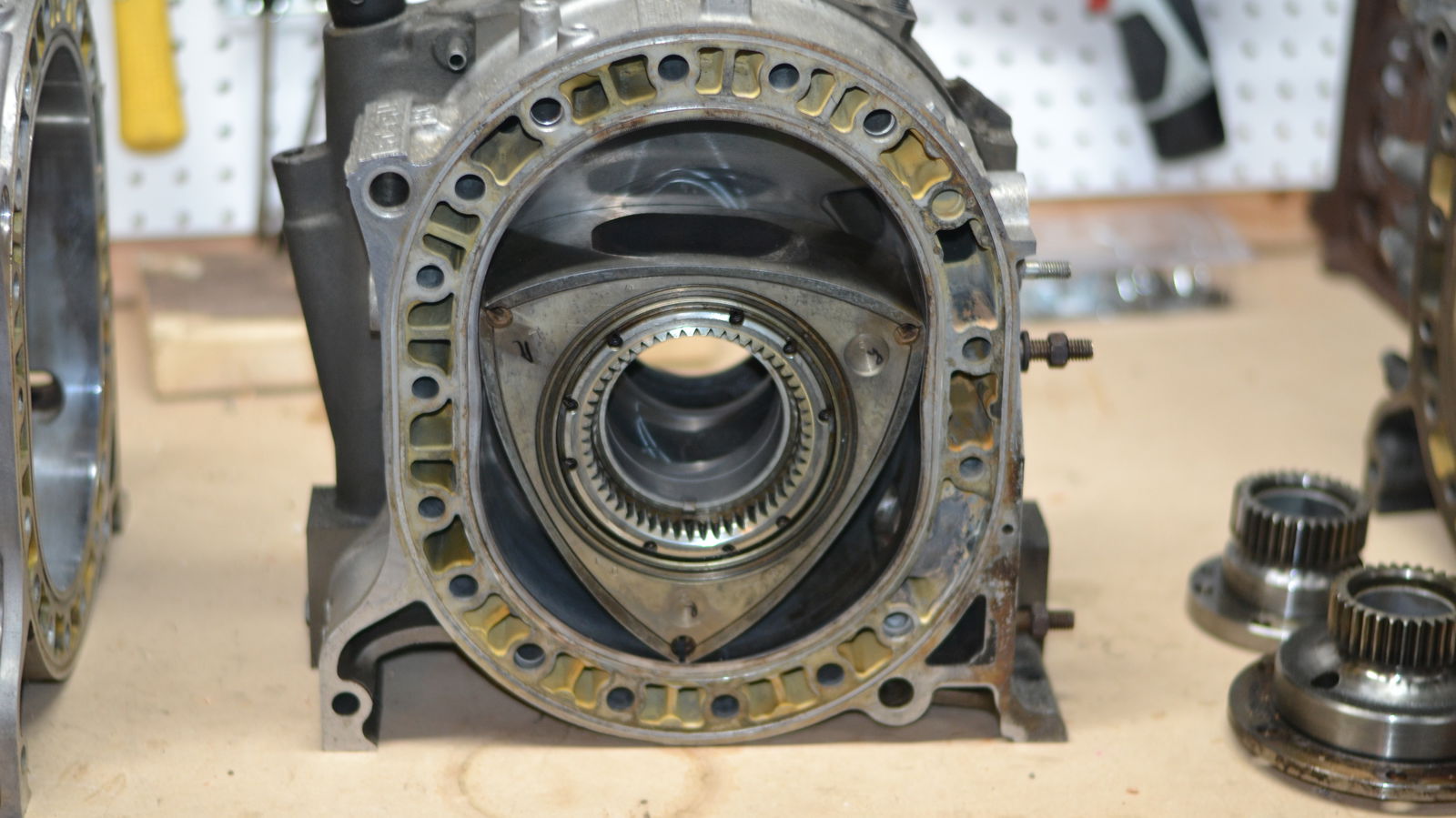
They’re compact, powerful and they make an awesome noise. So why did rotary engines never really take off, and why has the concept been all but abandoned by the one manufacturer that championed it? Let’s take you through it.
The 1964 NSU Spider was the first production car in the world to melt the rear tyres under the power of a Wankel rotary engine. The Wankel’s automotive debut was decades in the making, though its lifespan was relatively short ending with the 2011 Mazda RX-8. This leads us to several questions:
- How does the rotary engine work?
- What advantages does this engine have? (Why was it made?)
- What disadvantages does the engine have? (Why did it die?)
The process of the rotary engine is very similar to what occurs in a traditional piston cylinder engine. The difference is instead of pistons, there’s a triangular-shaped rotor, and instead of cylinders there’s a housing reminiscent of an oval.
Intake
As the rotor moves within the housing, a small pocket of air expands into a larger pocket, thus creating a vacuum. This vacuum is exposed to the intake ports, which air and fuel are then drawn from into the combustion chamber.
Compression
The rotor continues to rotate, compressing the air-fuel mixture against the flat side of the rotor housing.

Power
Two spark plugs are used to ignite the air-fuel mixture, helping to speed up the combustion process and ensure the majority of the fuel burns, and this forces the rotor to continue to rotate.
Exhaust
Similar to the intake stroke, the rotor moves until exhaust ports are accessible, and the exhaust gases at a high pressure are then forced out as the rotor closes off the housing.
What’s important to realise is that unlike in a piston cylinder engine, within a single rotor housing all of these events are occurring nearly simultaneously. This means that while intake is occurring on one portion of the rotor, a power stroke is also occurring, leading to a very smooth power delivery and a large amount of power in a small package.
2. What advantages does the Wankel engine have?
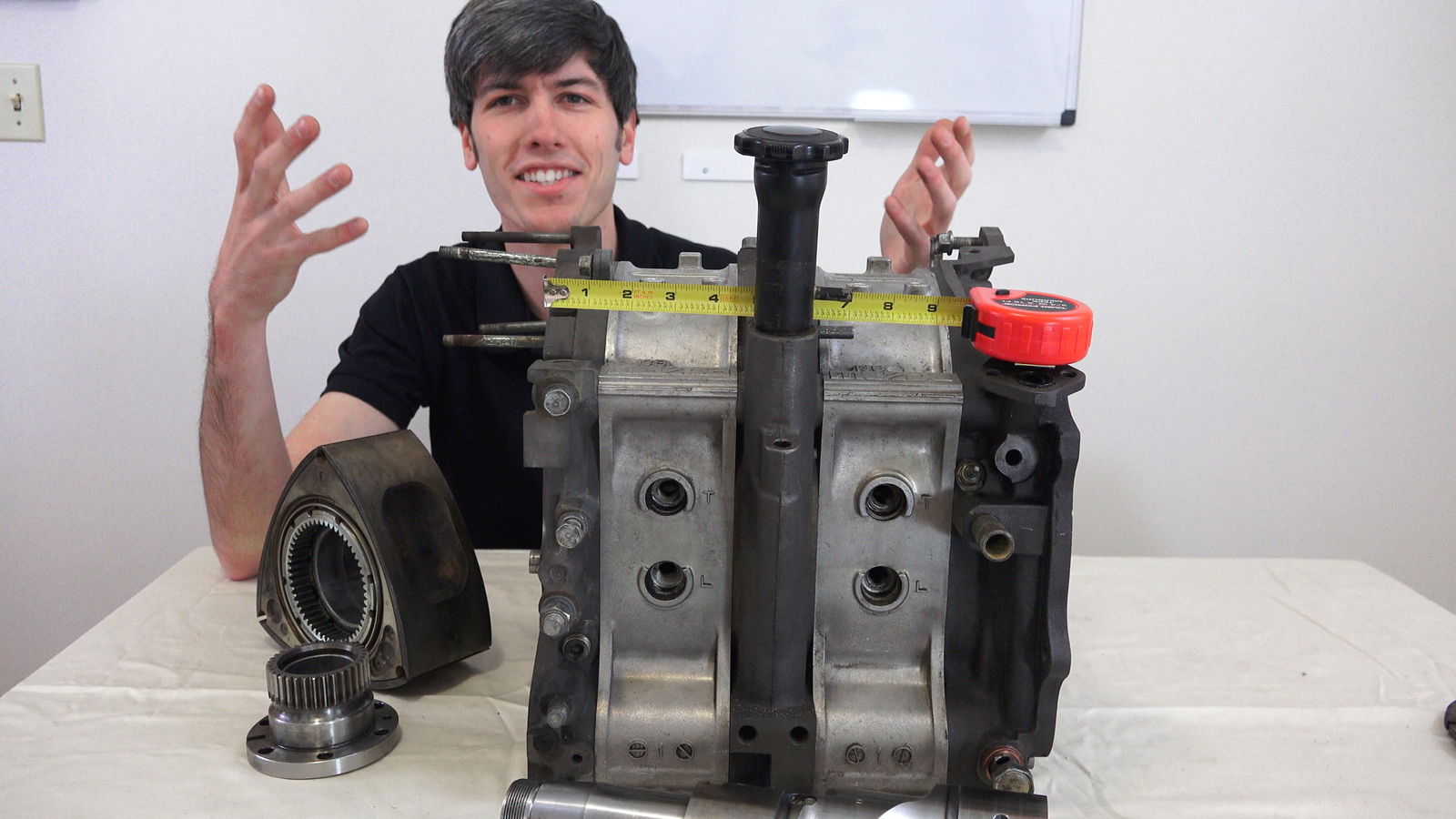
Weight-to-Power
One of the biggest advantages of the rotary engine was its size. The 13B engine of the Mazda RX-7 took up about one cubic foot of volume, yet produced a significant amount of power for its small proportions.
Fewer Moving Parts
Often in engineering, the simplest solution tends to be one of the best solutions. The rotary engine drastically reduces the number of parts required for combustion to occur, with just three main components spinning in a two-rotor motor.
Smooth and High Revving
The rotary engine has no reciprocating mass, like valves or pistons in a traditional engine. This leads to an incredibly balanced engine with smooth power delivery, and the ability to rev high without concern of things like valve-float.
The 2011 Mazda RX-8 was the final production vehicle with a Wankel rotary, the 1.3-litre Renesis. Whether or not the RX-8 lived up to the rotary name, we all shed a tear at the loss of this innovative and unique approach to internal combustion. What dealt the final blow? The RX-8 was unable to meet Euro 5 emissions regulations, and thus it could no longer be sold in Europe after 2010. Though still legal in the states, sales had significantly dropped as the model had been around since 2004.
What disadvantages are there to the rotary design?
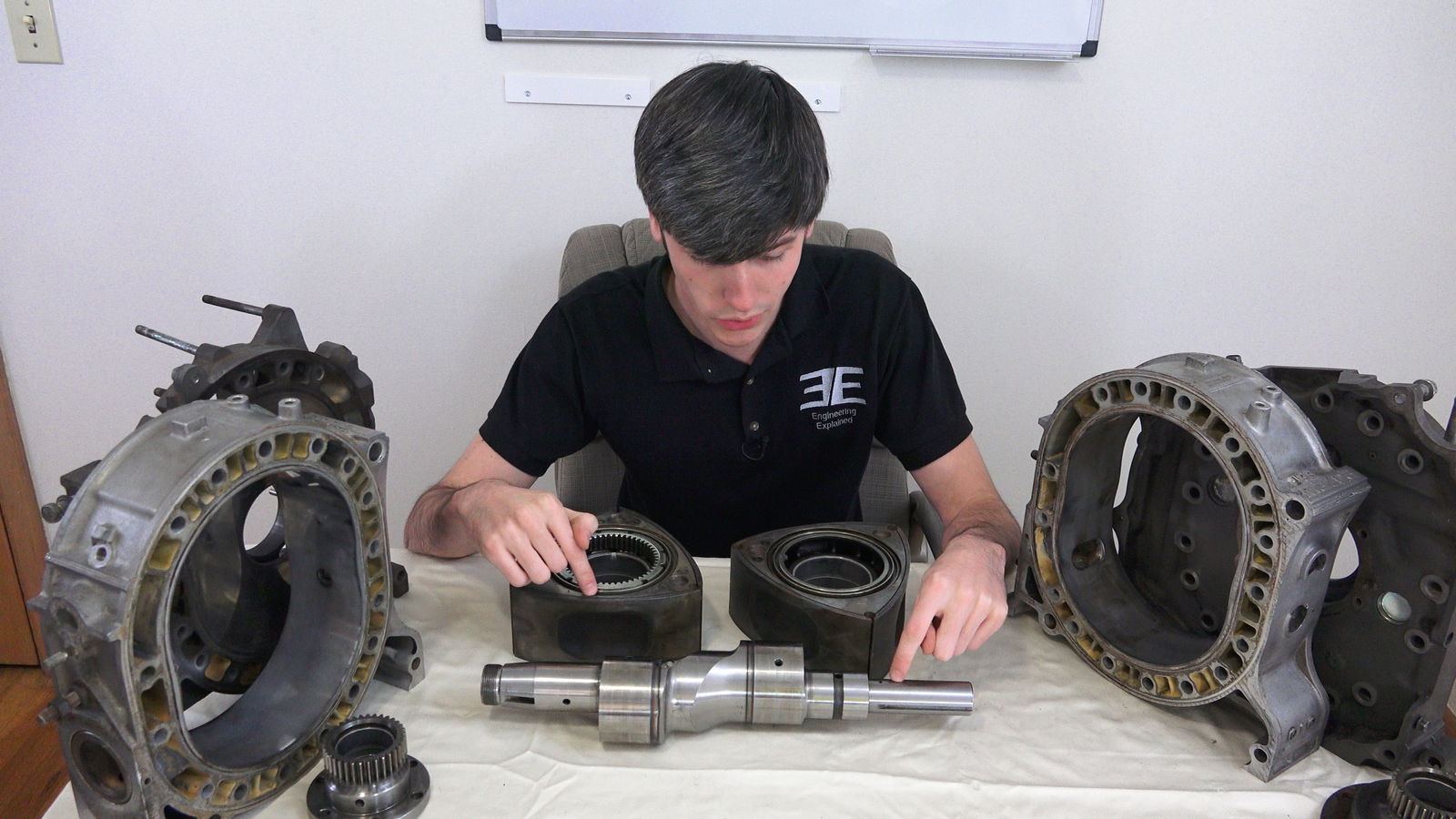
Low Thermal Efficiency
Due to the long and uniquely-shaped combustion chamber, thermal efficiency of the engine was relatively lower compared to piston-cylinder counterparts. This also often led to unburnt fuel leaving the exhaust (hence the tendency of rotary engines to backfire, which is obviously as awesome as it is inefficient).
Burn Baby Burn
By design, the rotary engine burns oil. There are oil squirters in the intake manifold, as well as injectors to spray oil directly into the combustion chamber. Not only does this mean the driver must regularly check oil levels to keep the rotor properly lubricated, but it also means more bad stuff comes out the tailpipe. And the environment hates bad stuff.
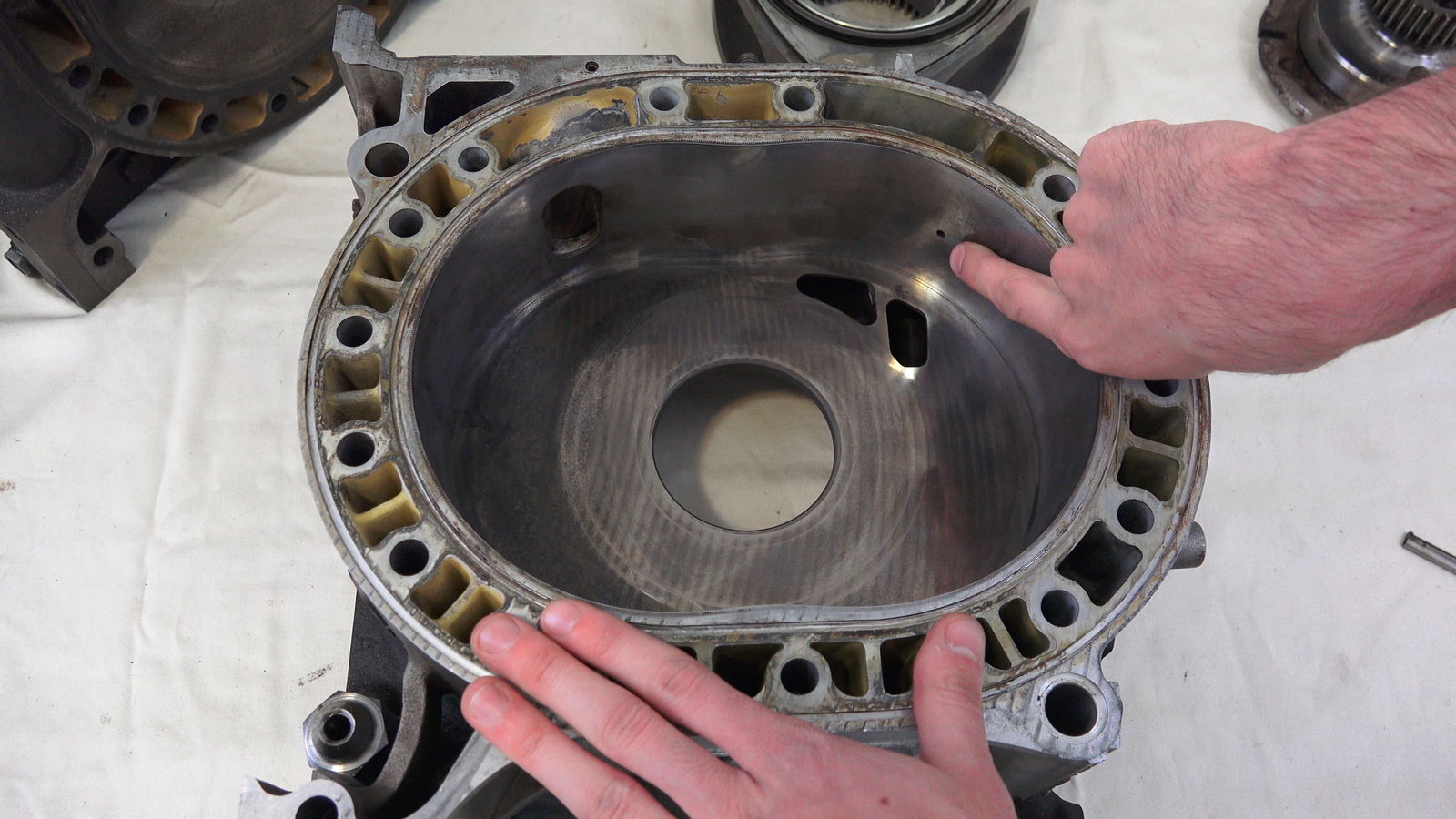
Rotor Sealing
Another issue which also can impact emissions: it’s challenging to seal the rotor when it’s surrounded by vastly different temperatures. Remember, intake and combustion are occurring simultaneously, but in very different locations in the housing. This means that the top of the housing is relatively cool, while the bottom of the housing is much hotter. From a sealing standpoint, this is problematic, as you’re trying to create a metal-to-metal seal with metals which are operating at significantly different temperatures. By using coolant jackets to help even out the heat load, this problem can be reduced, but never fully diminished.
Emissions
When you put it all together, emissions killed off the rotary. The combination of inefficient combustion, inherent oil burning, and a sealing challenge result in an engine that’s not competitive by today’s standards on emissions or fuel economy.
How does the RX-8 stack up against competitors?
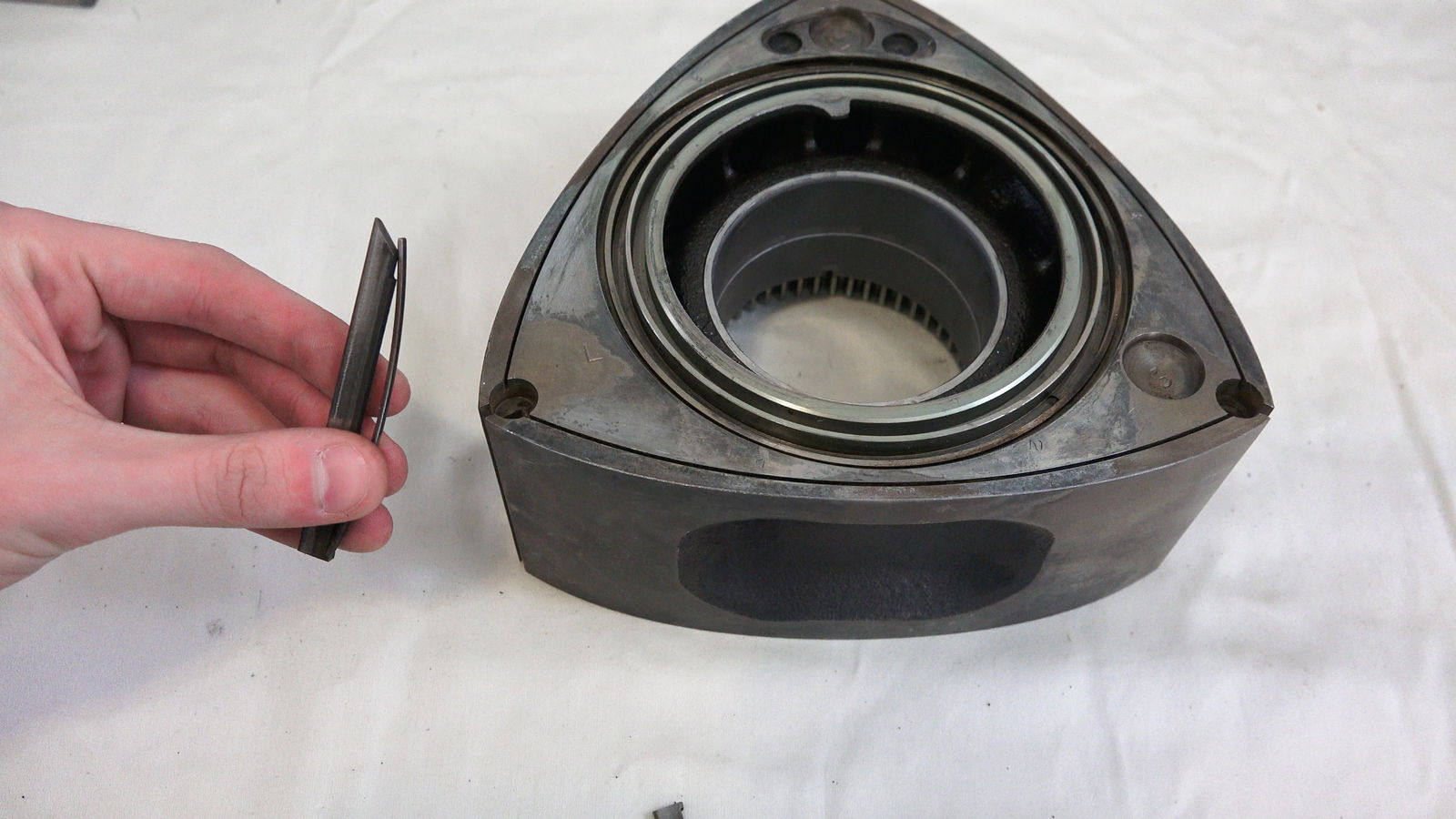
In my video describing the drawbacks of the RX-8, viewers rightfully pointed out that I compared model year 2015 vehicles to a 2011 model in terms of fuel economy, which was unfair on Mazda’s end. Let’s right this wrong, using the RX-8’s first model year.
| Car | Engine Size | Weight | Power | MPG Combined Rating |
| 2004 Mazda RX-8 | 1.3L Wankel | 3053 lb (1385 kg) | 197-238 HP (Auto/Man) | 18 mpg (13L/100km) |
| 2004 VW GTI | 1.8L I4 | 2934 (1330 kg) | 180 HP | 24 mpg (9.8L/100km) |
| 2004 Corvette | 5.7L V8 | 3214 lb (1458 kg) | 350 HP | 20 mpg (11.8L/100km) |
As you can see above, the RX-8 doesn’t stack up favourably in terms of fuel economy. The Corvette, with a significantly larger engine, 47 per cent more power, and five per cent more weight still manages 11 per cent better fuel economy. It’s also worth mentioning that this was the first model year for the RX-8, while the Corvette and GTI engines had been around from previous years. Quite simply, there’s nothing good to say about the RX-8 in terms of fuel economy. Although the buyer may not necessarily view this as a negative point, without passing emissions there is no car to buy.
It’s worth noting that since the original publishing of this article, Mazda has announced it will bring back rotary engines, although only as small range extenders in electric vehicles. In other words, nothing that will go ‘braap’.
Comments
If you were to chose an engine for racing purposes, with a cap of 2000cc, which engine type would you pick? Rotary or Piston?
But..but…brapp brapp
It burns Gas and Oil, so basically it’s a diesel (Gasoil in french xD)
but there a humans who can’t do anything on their own and people still help them. So why can’t we save the unprotected little rotary engine?
Say sh*t about Rotary as long as you want, My response to that is and always will be this:
I like that there are still people out there using these engines but they just can’t survive today’s industry. A light weight engine isn’t enough when more and more people are growing wary of poor fuel economy, and with emissions becoming more and more a consideration to the average buyer it’s hard for a manufacturer to justify using a rotary engine now. I’d still like to see Mazda come out with a new evolution to their wankel engines though
I have a question, what makes the air not flow into oder chambers of the engine?
Because it’s actually an open corner.
problem with his comparison is that the rotary is still using port injection while both of the engines he’s comparing it to have direct injection.
the corvette even goes further and has variable valve timing and cylinder deactivation.
they’re also both newer cars, while the 13b in the rx-8 is more or less the same as the 13b in the series 4 rx-7. which began production in 1986.
now even considering this, compare the rx-8 to any car of its age, from 2004 to 2011. lets see how it compares to them.
Gasoline+oil= 2 stroke engine hahahah
Pagination